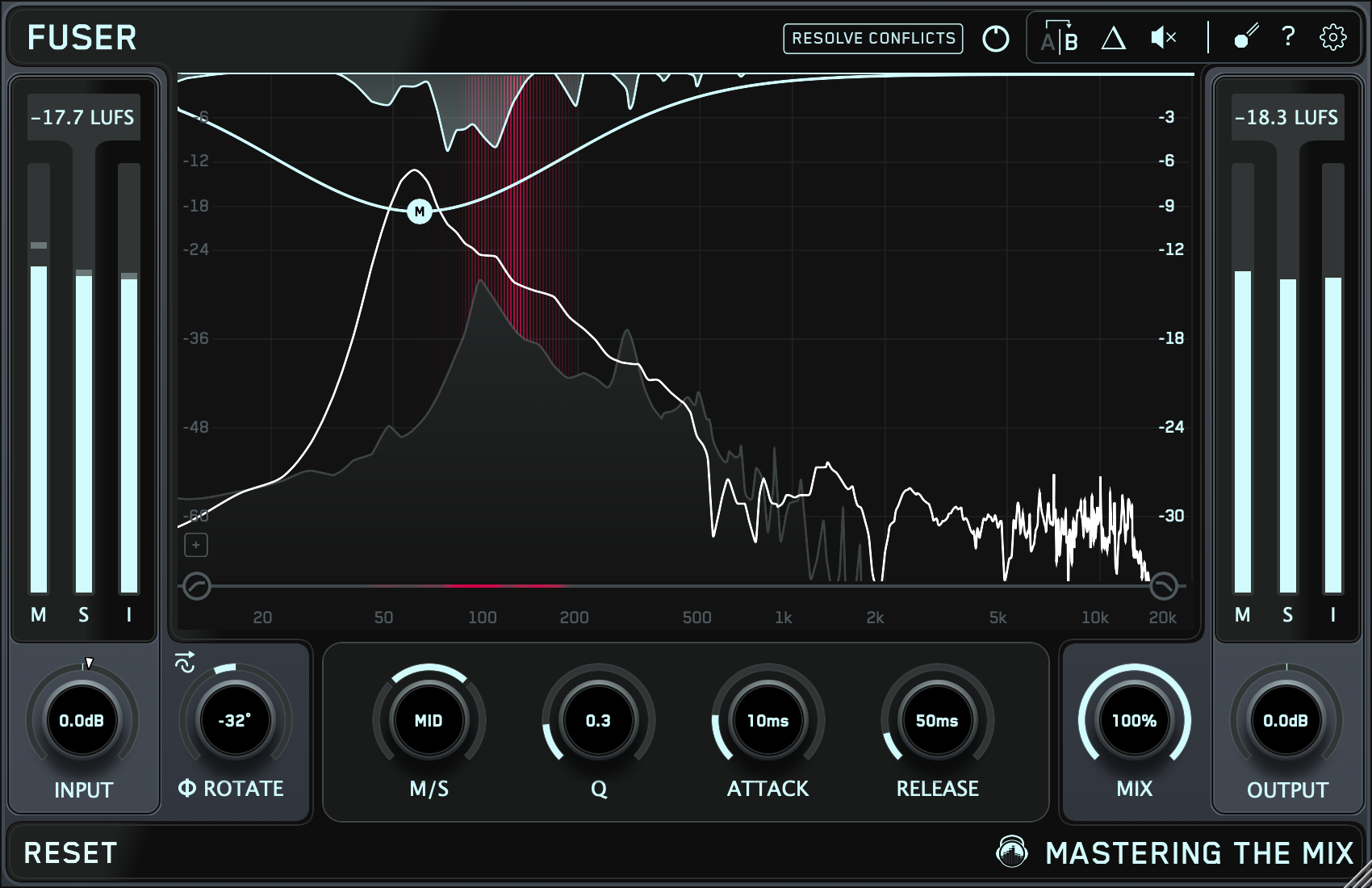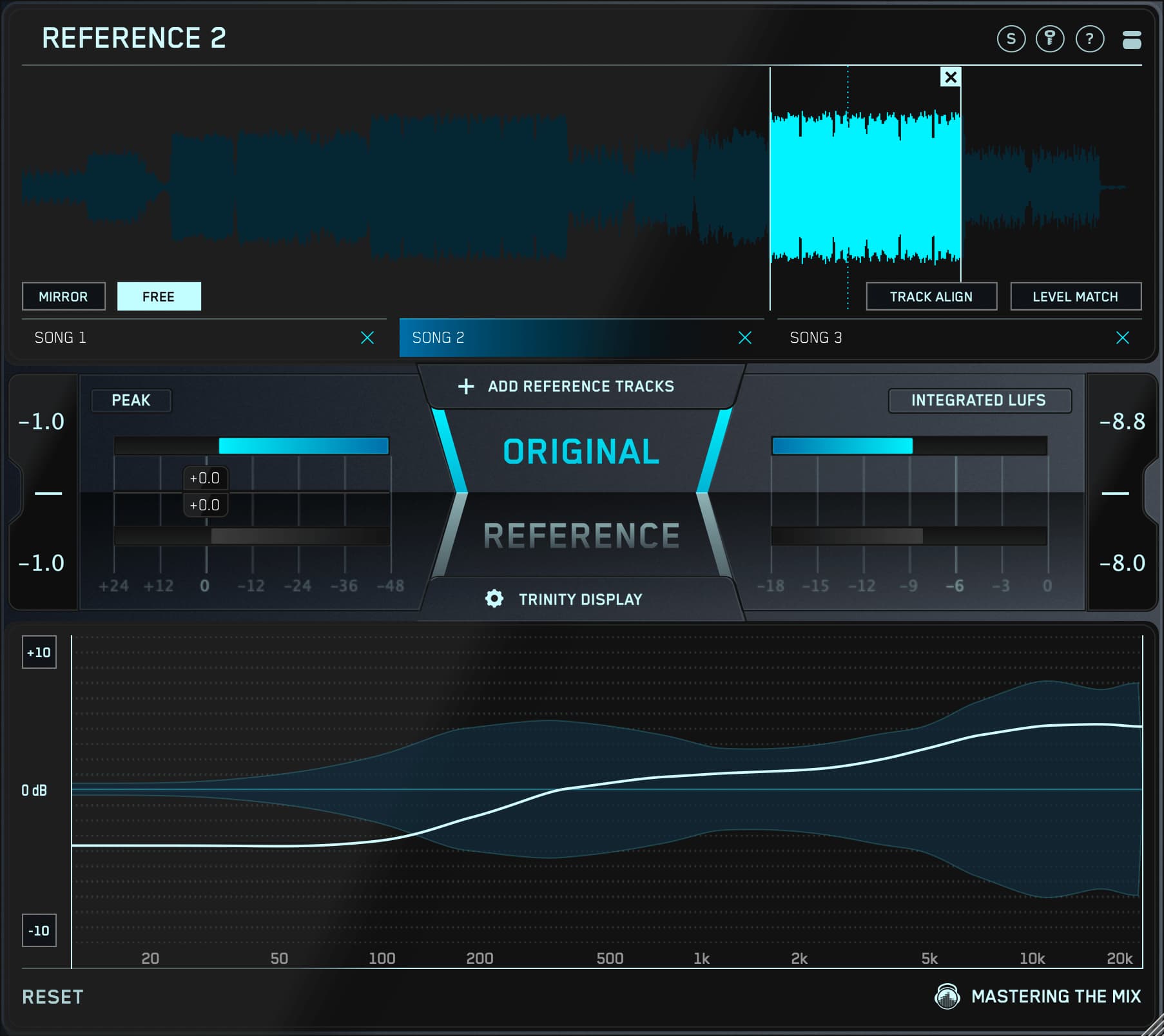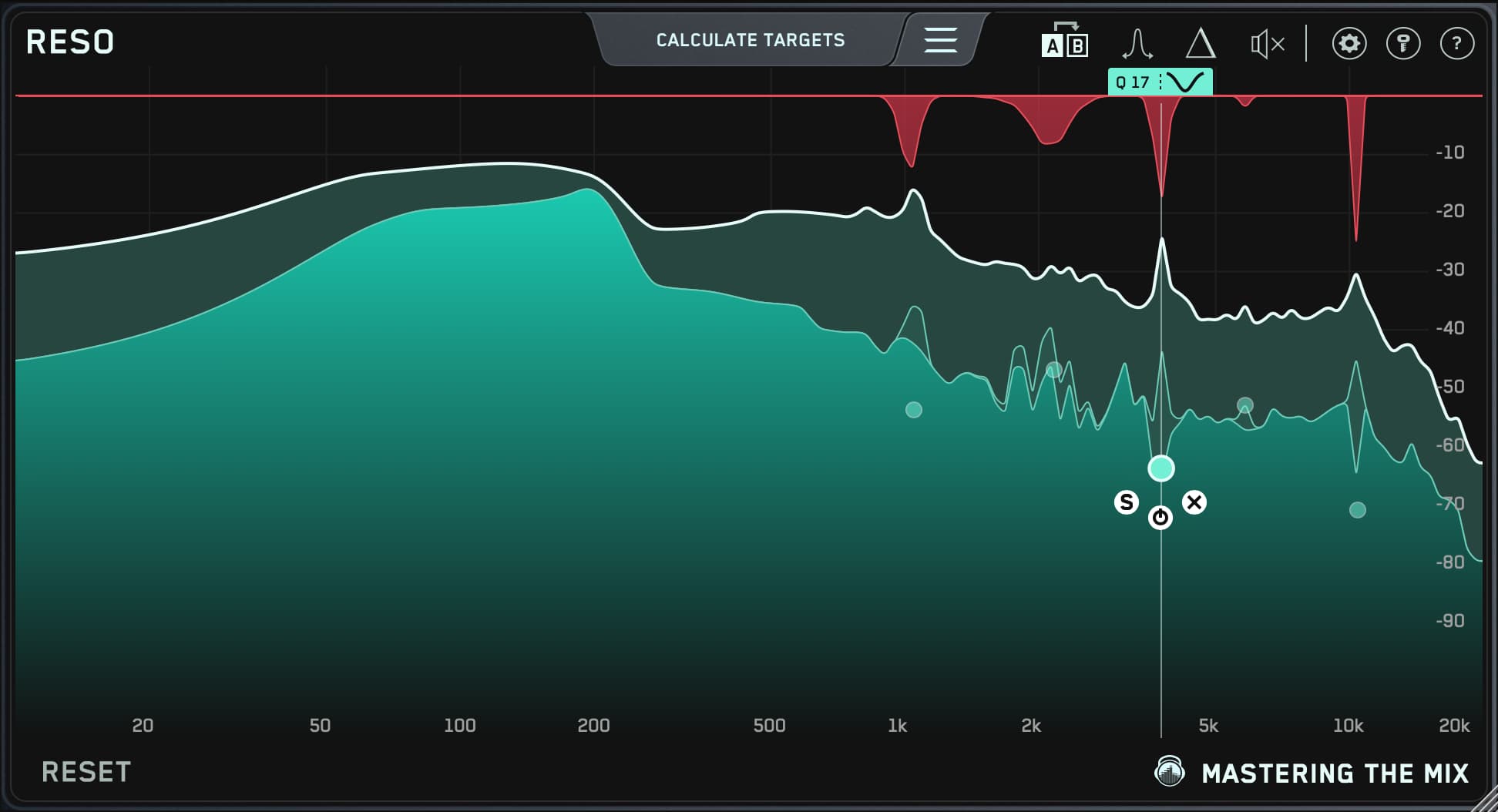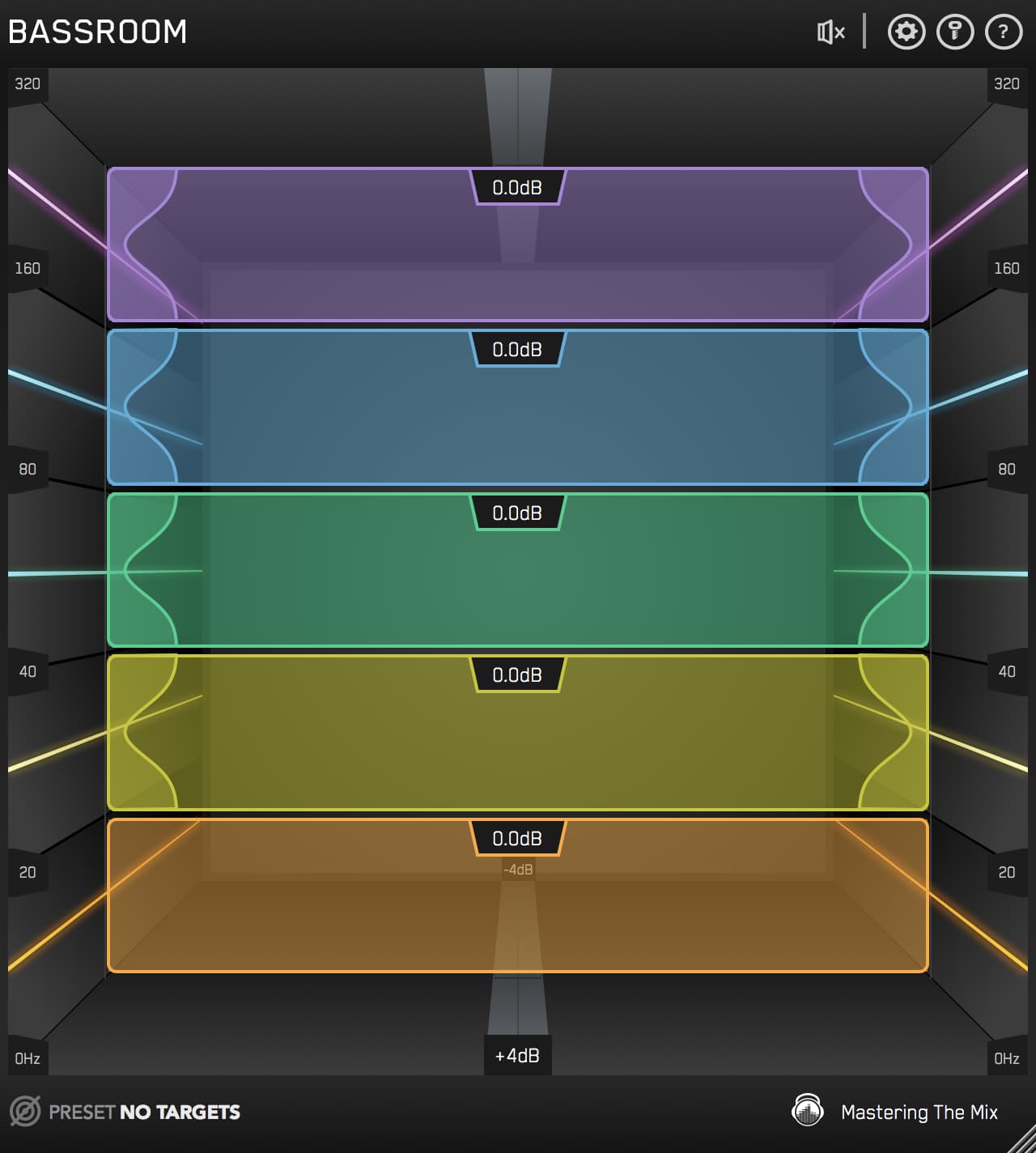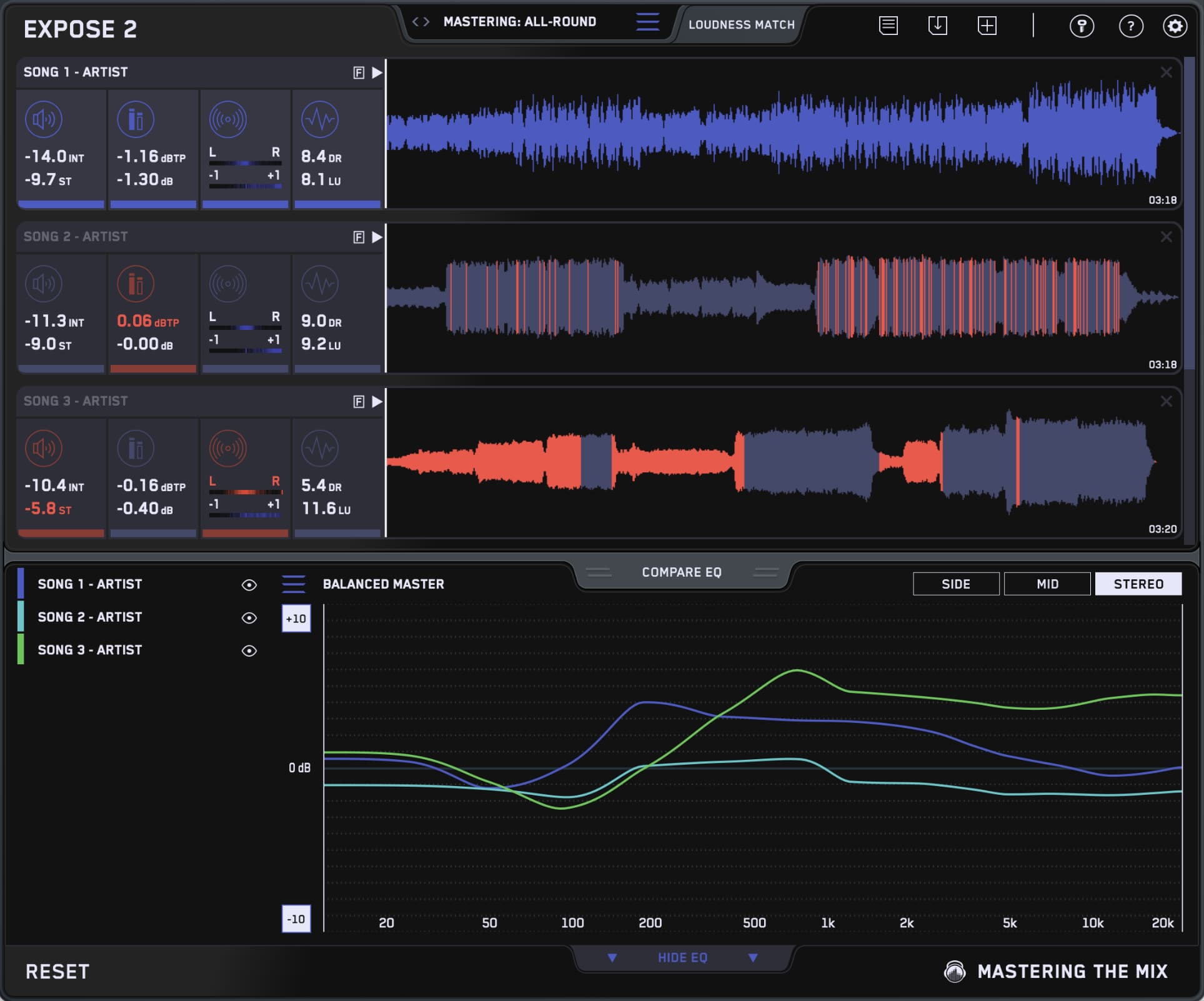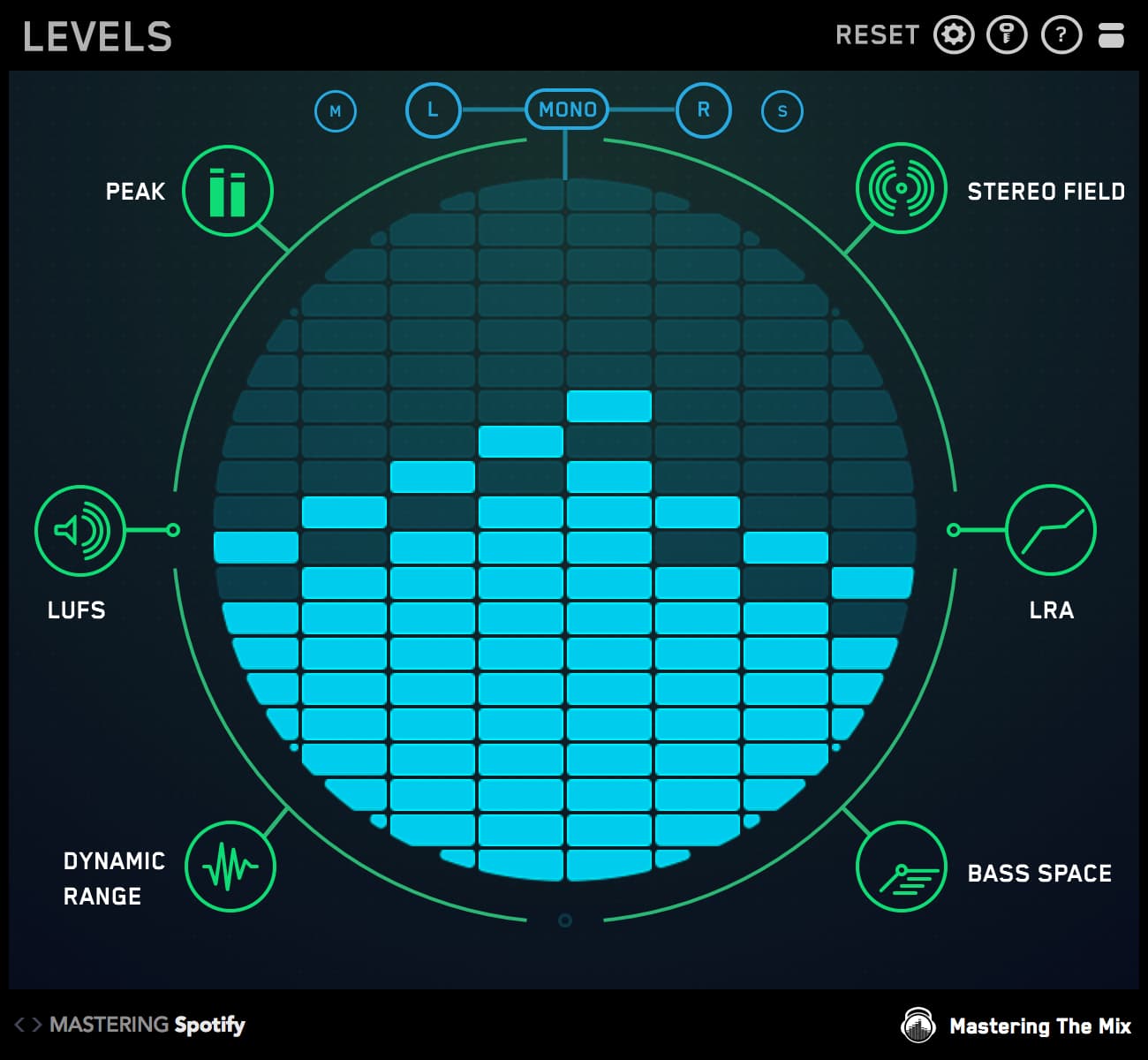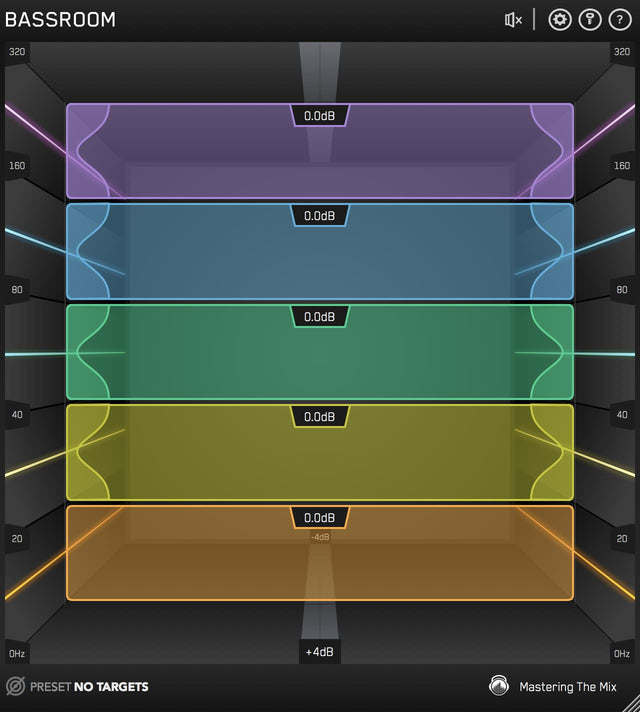There’s nothing wrong with music producers that strive for a better and more defined sound. In fact, that’s awesome! Becoming a master of the technical side of mixing will take your productions to their fullest potential… But it’s crucial that you don’t lose your creative flair and artistic direction. This blog post will discuss ways you can inject musicality into your productions.
What makes a great mix sound great? A great mix is achieved when the producer has sculpted the music to a point where you feel like you can reach out and touch the sound. It sounds REAL, which gives the listener a super immersive experience.
So how do you mix music to make it sound real? What mixing techniques give your audio a life like feel? And what can stop a mix from sounding immersive?
7 Ways To Mix Music To Make It Sound Real
Tip 1: Keep Recording Until You Have AWESOME Takes
This factor is not always under your control… But if possible, keep recording until you have AWESOME takes. Cutting, splicing, tuning and that other stuff can work like a charm, but nothing beats the authenticity and beauty of a real take in its original form.

Tip 2: Human > Robot
I rarely quantise a performance to 100%. If I need to tighten things up a bit I’ll make an effort to quantise the elements that really need to be on the money. The kick, snare and bass generally need to be mostly playing in unison, but having a few elements that are a bit looser can inject some serious magic into the music.

Tip 3: Your DAW Is Your Instrument
Rather than reaching for the compressor to level the dynamics, link up your midi keyboard fader to automate the gain of a channel. Try to see riding the fader as you ‘playing the mix’ in the same way that a musician ‘plays an instrument’. Your DAW is your instrument, play it musically. Go through the whole track and use the fader to balance the sound and also to add overall dynamic range to enhance the excitement in the music.

Tip 4: Feel
Is the track laid-back? High-energy? Loose? Tight? Try to understand what the music is conveying then make decisions to preserve and enhance that feel and vibe.
There’s more to a ‘beat’ than simply being bang on the click. As a drummer myself, I understand the importance of being able to play in front of the beat, on the beat and behind the beat.
If you move the audio in a channel very slightly forward, it will sound like it’s ‘In front’ of the beat. This will give you a driving feel.
If you quantize your audio so it’s perfectly in time with the click, this is called ‘On’ the beat. This will give you a tight sound with energy somewhere in-between ‘In front’ and ‘Behind’ the beat.
To get a more laid-back feel, pull the audio of a channel back a few samples. This is called ‘Behind the beat’.

Tip 5: EQ As If You’re Experiencing The Sound Being Performed In Front Of You
When I’m EQing anything performed by a musician (Vocals, guitar, drums etc) I try to make it sound like I’m physically experiencing that sound being played live. It will of course sound more controlled with the processing, but the goal is to make it sound real. This ‘real’ sound might be hindered by the recording techniques used or the acoustic properties of the space it was recorded in. This is where you utilise plugins to inject that real sound back into the performance.
If I’m mixing a vocal, I’ll sing myself in my mixing chair to give my ears a fresh reference to a live voice. This definitely works better if the actual vocalist is in the session with me, but this isn't always the case. I’ll do the same with acoustic guitar parts. Grabbing a guitar and strumming a similar performance to what I'm mixing can put me in the right mindset to get a great sound.
If you want to get creative with a unique sound that doesn't sound ‘real’, I would still recommend that you begin by creating the ‘real’ sound and use that as your starting point.

Tip 6: Sprinkle Organic Touches
The easiest approach to making music is to use sample packs and sound banks for your synths. There’s nothing wrong with doing this but infusing some more human elements will give your productions a greater depth. So rather than using a normal pad patch on your favourite synth, why not try to sing to the notes, and create a unique sound that no one else can replicate. You could also replicate a synth lead on an electric guitar and mix it so it sits just behind the main lead. If you use electronic samples, you could back them up with ones you've created yourself. I once recorded a door slamming and used it to back up an acoustic kick… It resulted in a really unique and super punchy sound.
There are loads of ways to sprinkle organic touches into your mixes. The more creative and unusual your approach, the more interesting the results!
Tip 7: Keep The Listeners Focus
Attention spans seem to be constantly diminishing. So how can we keep the listener engaged in the music? Being unusual will get you noticed, but being truly unique will guarantee it. Think about someone walking down a road with two arms… You expect it so you give it no attention. The think of someone walking down a road with one arm… This is unusual and you will probably notice. Now think of someone walking down a road with three arms… This is truly unique and you probably won’t be able to take your eyes off them. Do something truly unique in your music and you will keep the listener engaged and immersed.

Conclusion
This is that cliche moment where I advise you to learn the rules so you can break them… There are loads of blogs posts on Mastering The Mix with tutorials on the technical aspects of mixing, but the musical aspects are equally if not more important.


